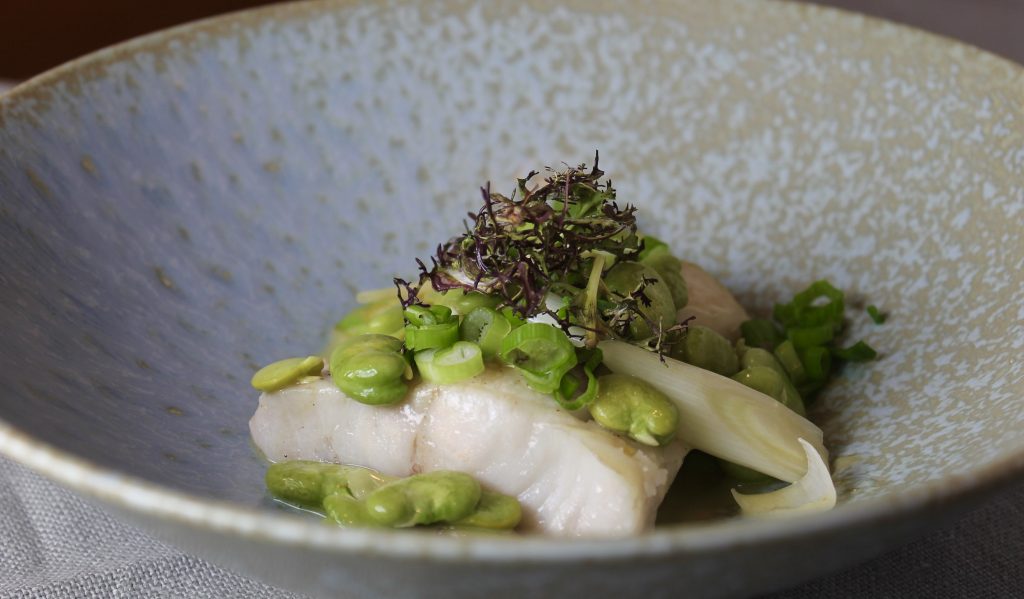

Beans and Paleo is a controversial topic. The hard-liners say beans should be totally excluded from the Paleo diet. The main claim is that beans didn’t exist in the Paleolithic menu and also contain toxic anti-nutrients like lectin and phytic acid.
I’m not a hard-liner, especially when it comes to diet. I wrote about diet fundamentalism in the past and how perceiving diet as a strict set of rules dismisses the fact that we are all bio-individuals and there is no one rule that fits all. I like to see the Paleo diet as a general framework that has some flexibility in it.
In 2014 Chris Kresser wrote an article, “Are Legumes Paleo? And Does It Really Matter?” where he examine the beans issue in regard to the Paleo diet. Apparently legumes were part of our ancestral diet in different parts of the world. Neanderthals consumed peas and fava beans. Some contemporary hunter-gatherer groups like the !Kung San of the Kalahari Desert and Australian Aborigines rely on legumes as a staple in their diet.
When it comes to anti-nutrients, with the right treatment you can neutralize most of those in legumes. Soaking and cooking deactivates most of the anti-nutrients. Another thing to remember is that there are many other legitimate Paleo foods that contain anti-nutrients like chocolate, dark leafy greens, and many more. My point is that the nutritious quality of a certain food should be measured by its net gain to us. The existence of anti-nutrients, especially if those can be significantly neutralized through the right treatment, shouldn’t prevent us from consuming foods that are also beneficial to us.
It’s true that in the Paleo menu we have foods that have higher nutrient density than legumes. But if you can tolerate them, there is no reason why you can’t enjoy them from time to time.
Personally, I find fresh fava beans to be well-tolerated, almost like fresh green beans.
Spring brings us fresh fava beans, and it is the best time to eat them. In farmers markets and grocery stores right now, you can find them in their pods. You want the green smooth pods and not the ones that start to brown. Fava beans have to be peeled twice so consider that most of what you buy is waste you’re not going to use. One pound of unpeeled beans will give you roughly a third cup of fava beans.
How To Peel Fava Beans
You’ll need three pounds of fresh fava beans, preferably from your local farmers’ market.
Remove the beans from the pods by splitting them open with your finger. You’ll notice that the beans have a thick skin that needs to be peeled off. To remove this skin, put the beans in boiling water for 30 seconds. Strain the beans from the water and transfer them to ice water to stop the cooking process. Gently squeeze the bean out from the skin with your fingers.
I couldn’t think of a better marriage than fresh shiny green fava beans with my favorite white fish – the black cod.
Black Cod With Fava Beans
Ingredients:
1 pound black cod
1 cup peeled fava beans
3 stalks of green onion cut into rings
juice from half a lemon
1 tablespoon olive oil
1.5 tablespoon butter
0.5 teaspoon fresh ground white pepper
Preheat your oven to 400 F. Season the fish with salt and roast the fish for 8-10 minutes depending on the thickness.
Create the sauce: In a pan sauté the green onions in olive oil on low to medium heat for two minutes. Add the lemon juice, butter, white pepper, and two tablespoons of water. Whisk the sauce while on low heat, letting the butter melt slowly. You want to create an emulsion, which means making the sauce to be homogeneous. Don’t overheat the sauce or it will start to separate. If it does, add a splash of water and whisk until it starts to “combine” again.
Add salt. Place the fish on a plate and pour the sauce over it.



